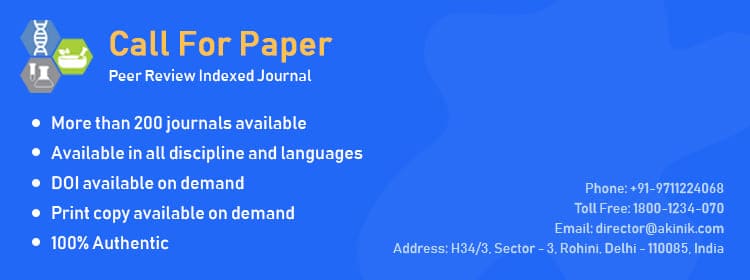

Pooja L Rajpurohit and Sudhin C Dalave
This study examines the impact of woolly aphids (Ceratovacuna lanigera) on the biochemical parameters of sugarcane (Saccharum officinarum). Through a combination of field experiments and laboratory analyses, the research explores the physiological and biochemical responses of sugarcane to aphid infestation. Sugarcane, a key source of sugar and ethanol, is frequently affected by various pests, among which the woolly aphid poses a significant threat, potentially leading to severe damage if left uncontrolled. The study's findings reveal that woolly aphid infestation significantly reduces photosynthetic efficiency, resulting in decreased biomass accumulation and lower sugar content in affected plants. Field assessments demonstrated a notable reduction of approximately 37% in total chlorophyll content, indicating impaired photosynthesis. Additionally, sugarcane juice analysis showed a decline in juice quality at high infestation levels compared to healthy plants. An increase in phenolic compounds and a shift towards acidic pH in infested plants suggest stress-induced biochemical changes due to aphid feeding. These results provide valuable insights into the ecological interactions between woolly aphids and sugarcane, emphasizing the need for integrated pest management strategies to minimize their negative impact on sugarcane productivity.
Pages: 359-361 | 691 Views 201 Downloads
